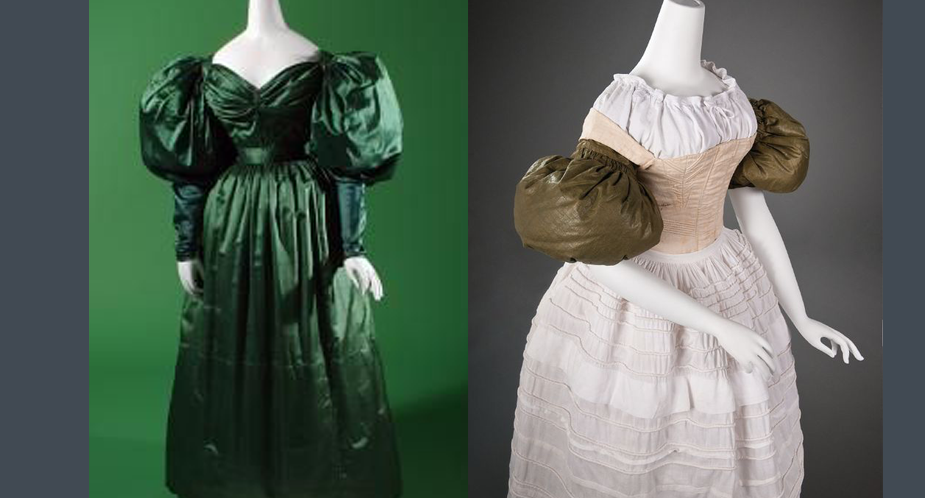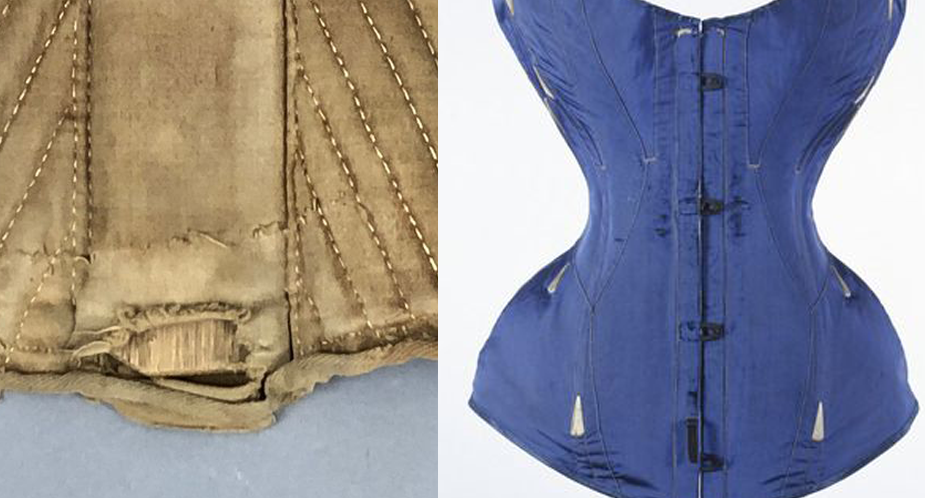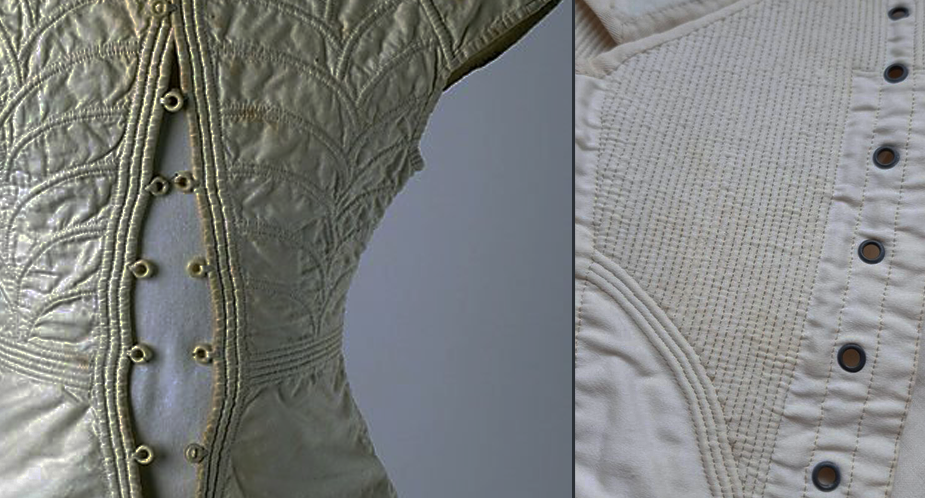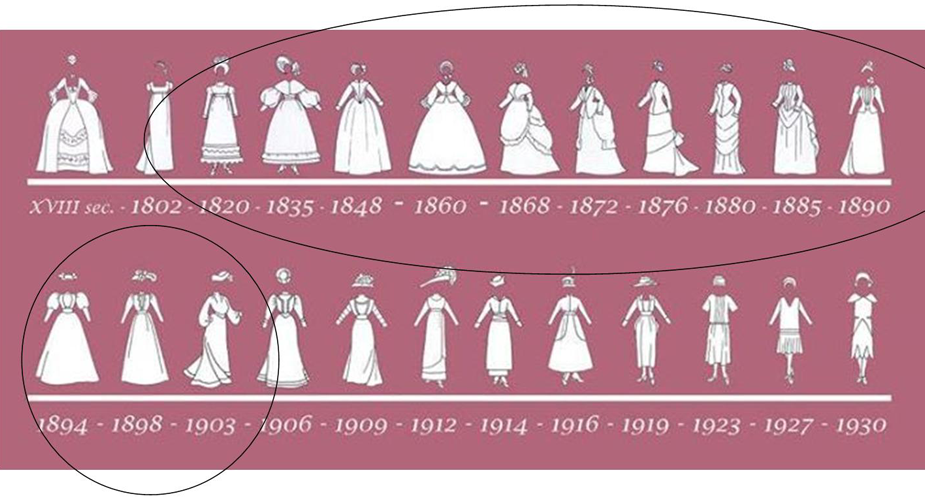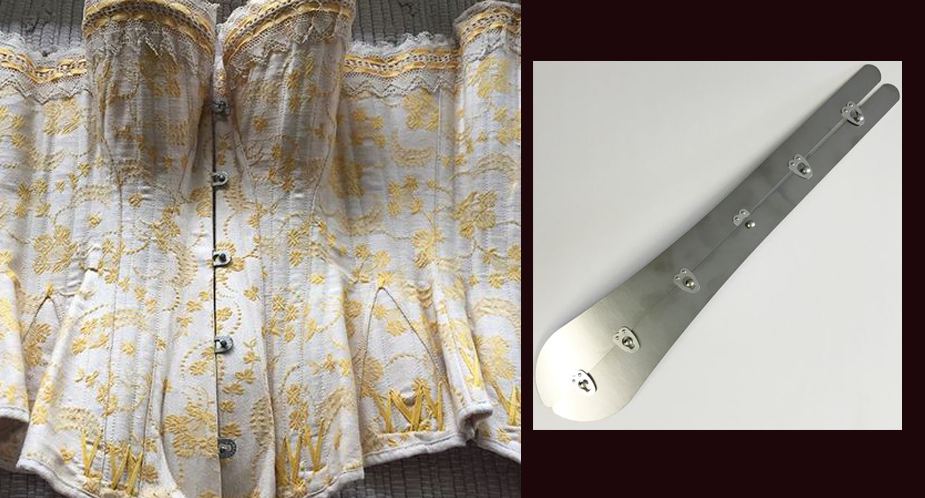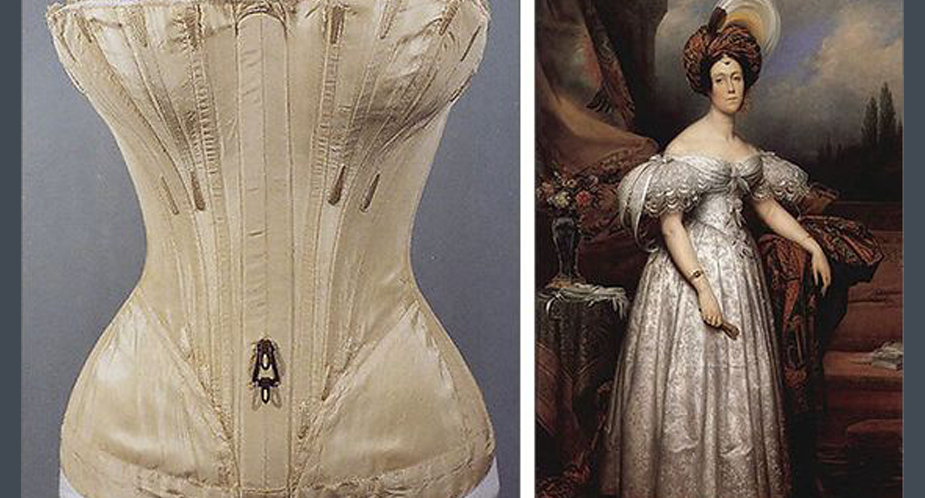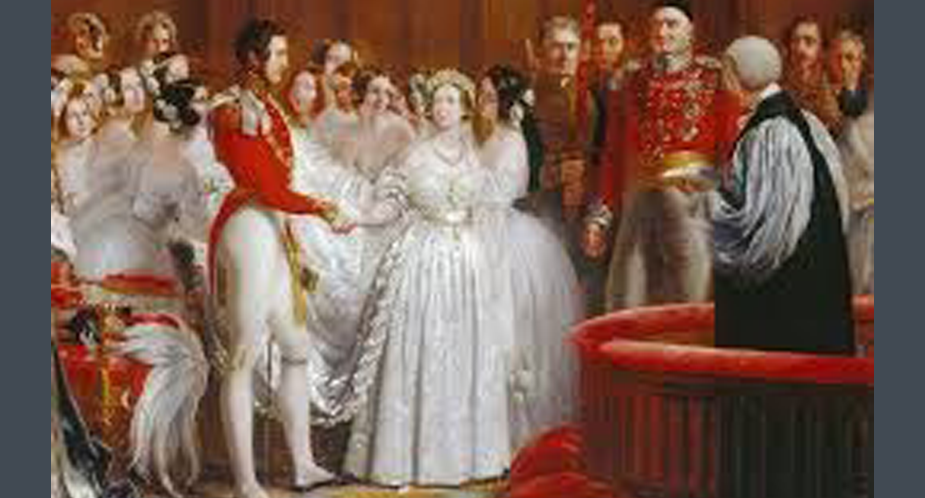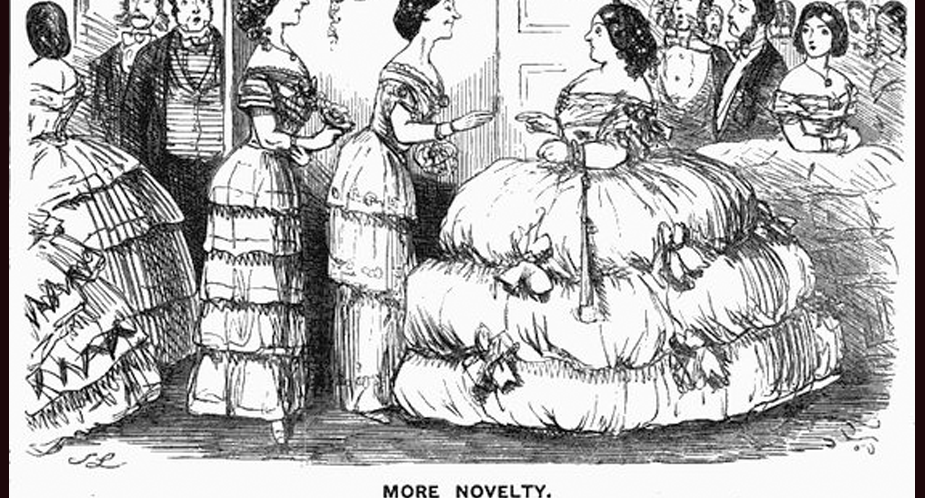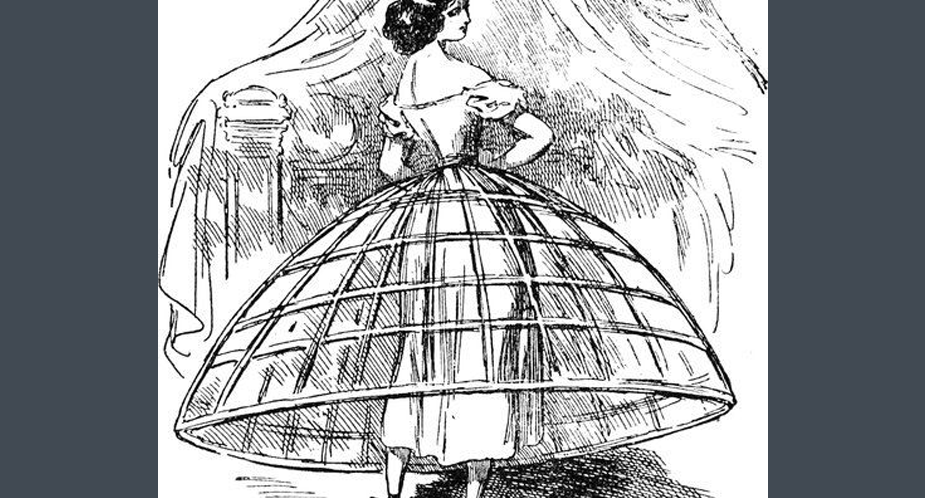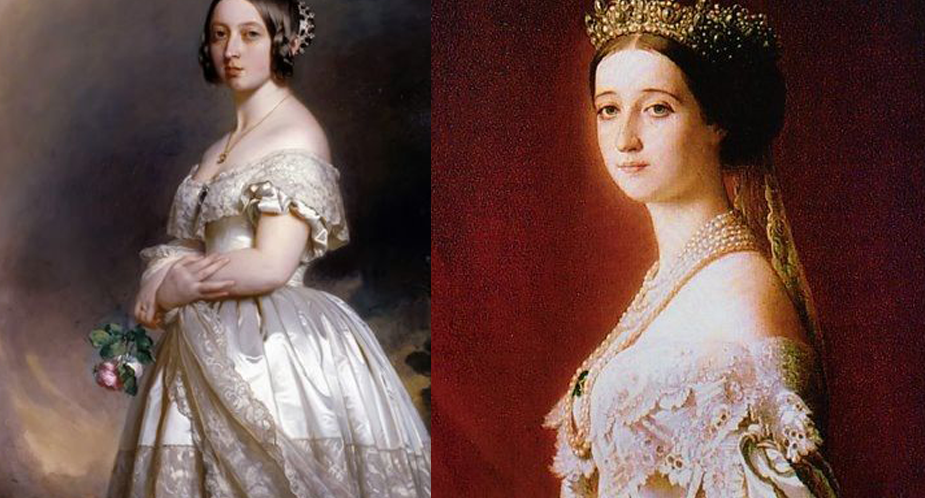1) metal eyelets; 2) steel front busk of 1829; 3) 1832 Jean Werly from France took a patent on a type of woven corset made on a loom with gussets integrated into the weaving process. These were very comfortable, lightly boned, and very popular until 1889. In 1890, machine made …
